A Timeless Mountain that Housed a Powerful Empire
Phnom Kulen or Kulen Mountain means “Mountain of Lychees” and consists mainly of sandstone beds which were laid down by rivers which flowed through the region in the late Jurassic and early Cretaceous periods. These rivers emptied into many lakes which at one time filled the region.
Phnom Kulen is a part of a larger geologic formation dating to the Jurassic and Cretaceous periods which define much of Cambodia, as well as parts of Thailand. Some 140 million years later, humans made numerous modifications to the sandstone plateau for reasons which would never have been understood by the saurian creatures that dwelt in the region during the Mesozoic Era when the rocks making up the mountains were laid down.
Much later, in 802 AD, Jayavarman II, the man responsible for forging the Khmer Empire, is said to have declared independence from the somewhat mysterious kingdom called Java at Phnom Kulen. He also instructed for reliefs to be made honoring various Hindu deities at this ancient site.
Archaeological evidence such as inscriptions, sculpted caves, and carved riverbeds suggest that the mountain continued to be occupied throughout the Angkorian period (802-1432 AD). Back then Phnom Kulen was known as Mahendraparvata, meaning “Mountain of Great Indra.”
Here is our dedicated article about Jayavarman II & Khmer Empire
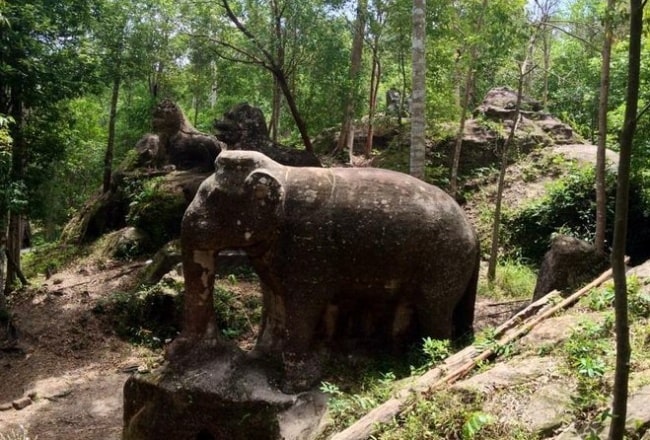
Phallic Carvings, an Impressive Reclining Buddha, and Other Sights
Jayavarman II had a major river diverted by engineers so that the visage of Hindu deities as well as lingams, a phallic symbol sacred to Shiva, could be engraved into the soft sandstone beds of the river. There are thousands of these carvings found from the stream down to the waterfall of Kulen (which is also a major tourist spot). The lingams are said to create ripples and froth in the water, enhancing their association with fertility.
Preah Ang Thom pagoda, with its giant Buddha statue, is another important feature of Phnom Kulen. Created in the 16th century, this Buddha is the largest of its kind in the country and measures 8 meters (26.25 ft.) tall.
The third most visited ancient site in the mountains is the stone elephant of Srah Damrei. This is a 4-meter (13.12 ft.) long and 3-meter tall (9.84 ft.) sandstone elephant which is accompanied by several sculpted sandstone lions. There are also many temples and rock shelters, some of them dating back to the 8th and 9th Centuries, that are less popular but also important. Finally, prehistoric sites have also been discovered in natural caves located all over the plateau.
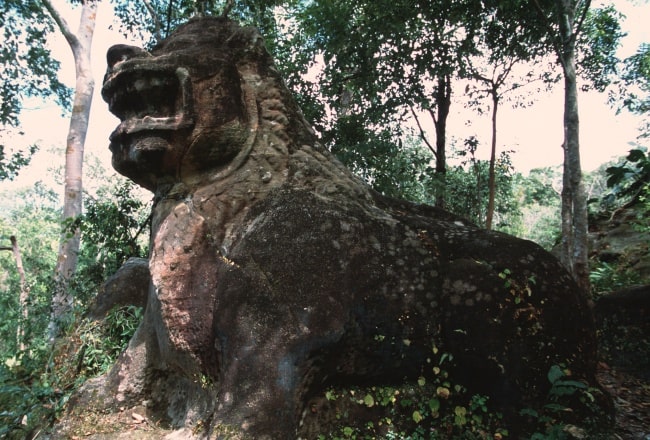
Archaeological Discoveries at Kulen Mountain
Archaeological finds have shown the jungles surrounding the mountains were once filled with temples and religious centers. This was clearly considered to be a spiritual place by the people of ancient southeast Asia.
In March 2017, archaeologists working at Phnom Kulen found a 550-meter (1804.46 ft.) staircase leading the way to the top of the sacred Cambodian mountain site. It was constructed to ease the steep and rocky ascent sometime between the 9th and 13th century. Dating has been difficult as there were no carvings or other remains unearthed nearby to provide more clues. It is made of a rust-red stone known as laterite and in some places the stairs were built directly in the mountain, while others are large flat sections which may have provided weary pilgrims with access to spring water during their difficult ascent.
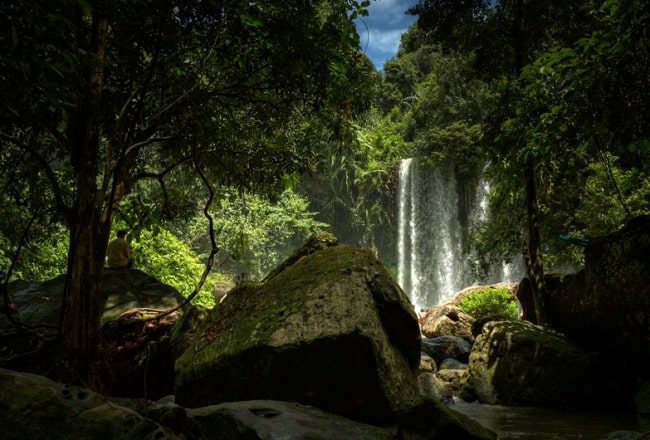
Palace of Angkor Empire’s first ruler?
More recent archaeological work carried out in April 2018, has revealed clues that Phnom Kulen may have been the site was once a palace for the Angkor Empire’s first ruler, Jayavarman II. The clues lie within a specific building that was unearthed, which has the size and layout of a royal palace, and was built to a higher quality. The square building is surrounded by a series of concentric walls and pavements with an eastern facing entrance. Studies of the site reveal that it was occupied for a short time before being abandoned in the 9th century AD. This corresponds with accounts that Jayavarman II built his capital on Kulen Mountain at the end of the eighth and start of the ninth century after unifying fractured Cambodian kingdoms.
Despite the attention Phnom Kulen is receiving these days, it remains largely unexplored by archaeological teams. It is believed that the sacred mountains still hide countless significant archaeological sites. More research needs to be conducted in the mountains to find the hidden treasures still contained within the riverbeds, caves, and forgotten ancient temples.
The stone temples that the Khmer built at Phnom Kulen were eventually reclaimed by the jungle to be as much relics of the past as the sandstone formation making up the sacred mountains are relics of the geologic past. However, the Khmer civilization lives on as places like Phnom Kulen continue to be considered sacred sites and are regularly visited by both pilgrims and tourists wishing to access a deeper reality through coming to this unique place.
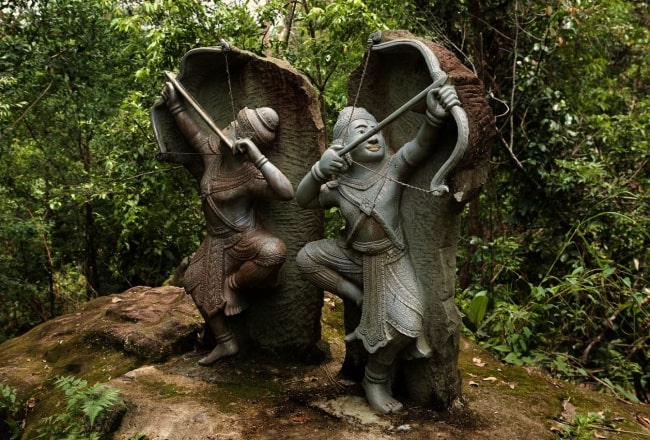




 23/12/2025
23/12/2025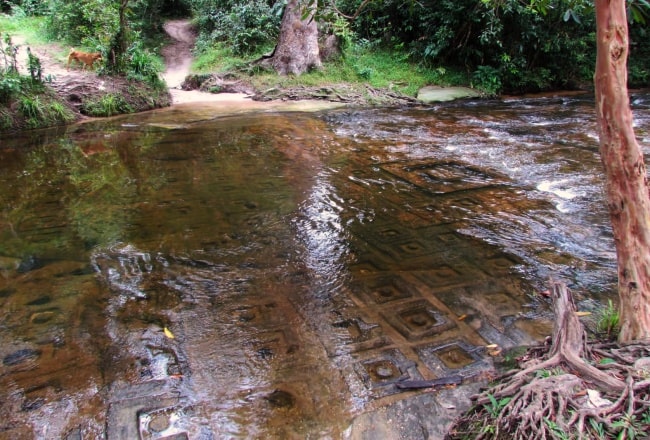
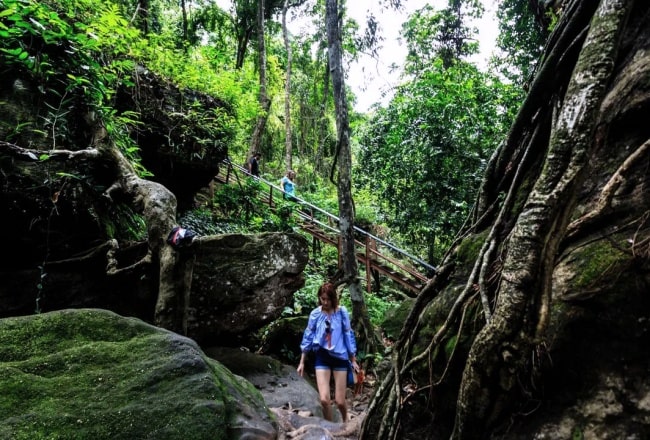
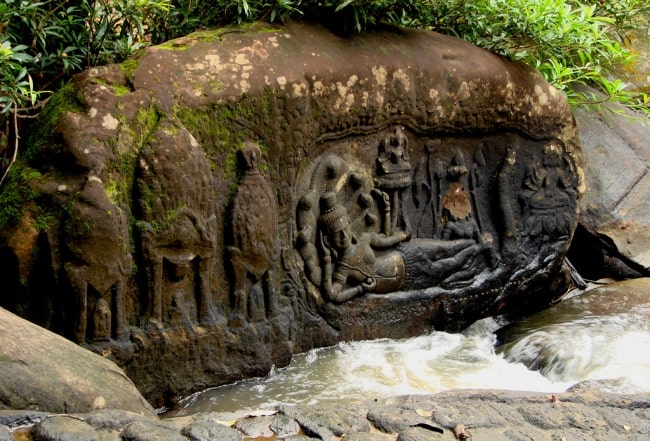
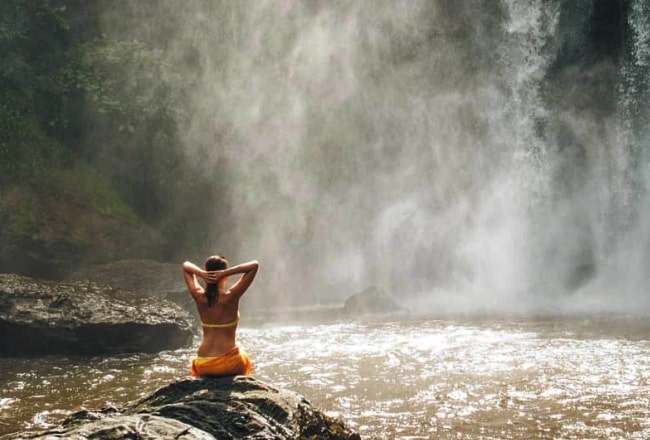
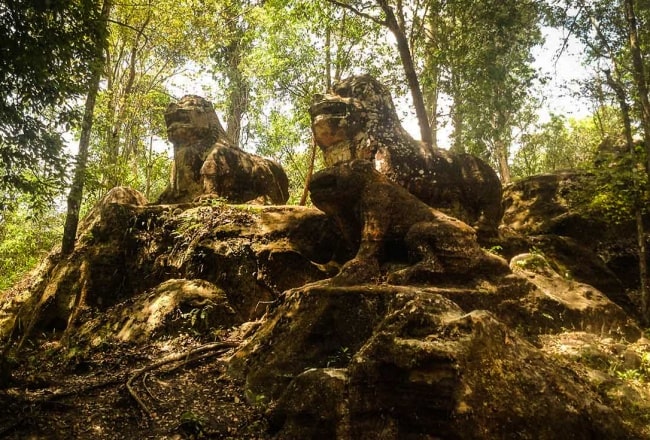
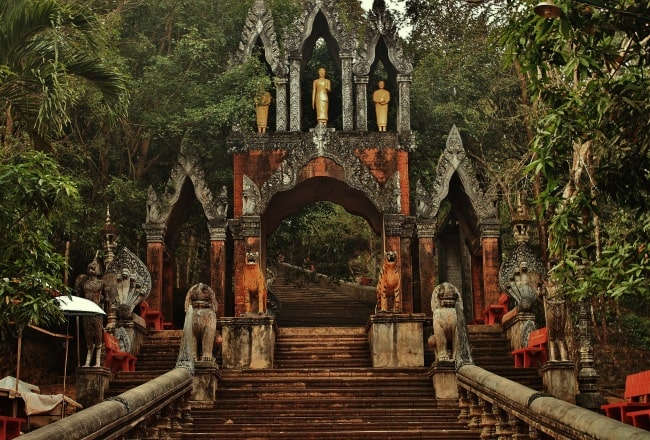
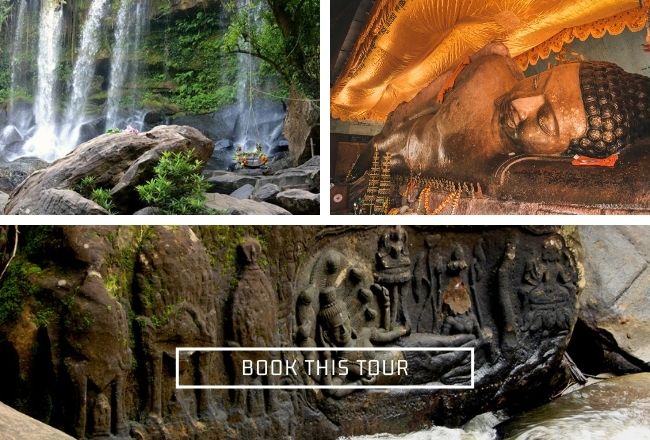
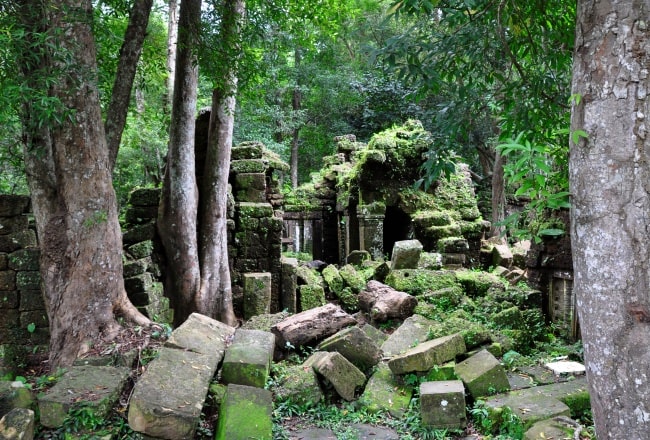
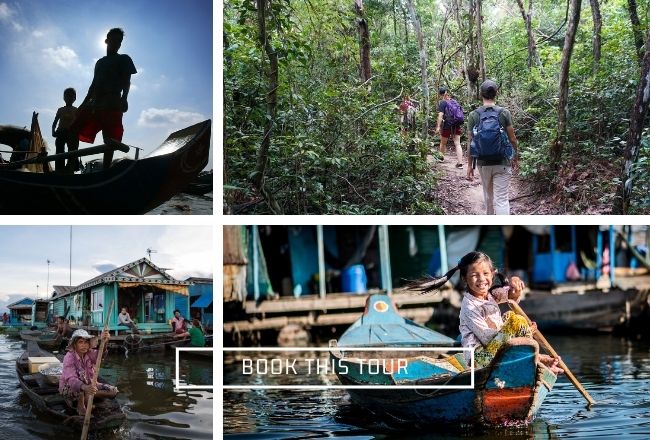
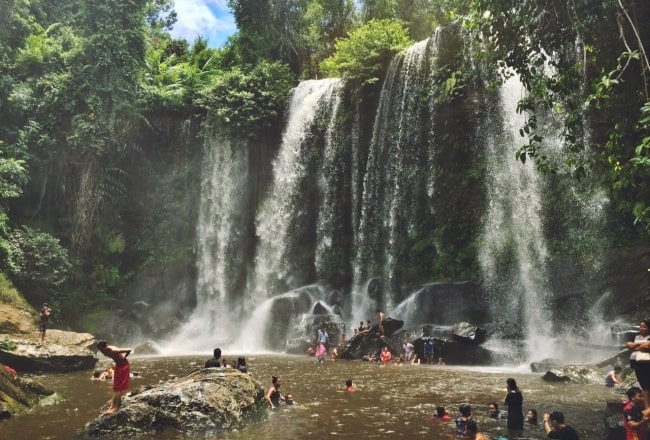
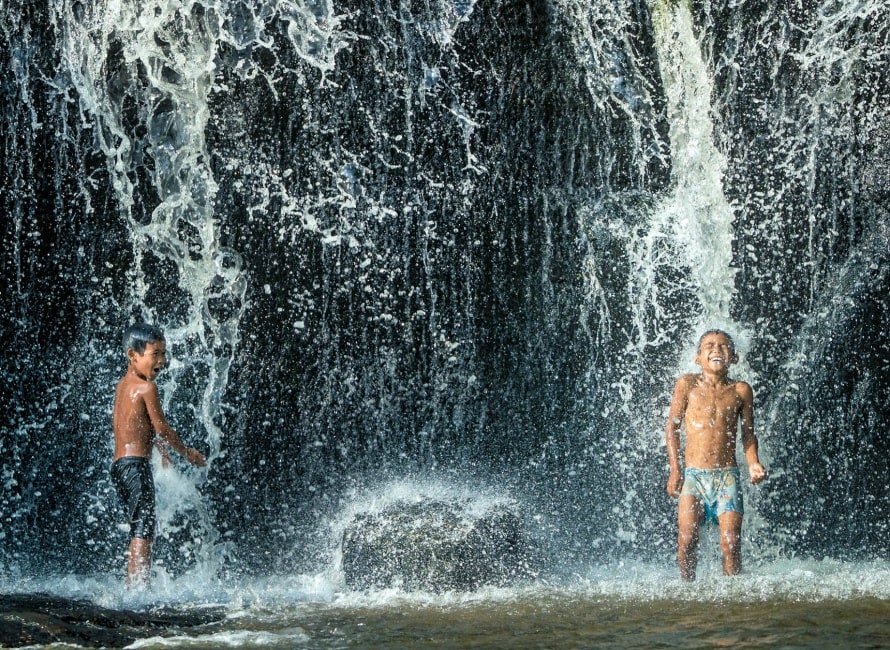
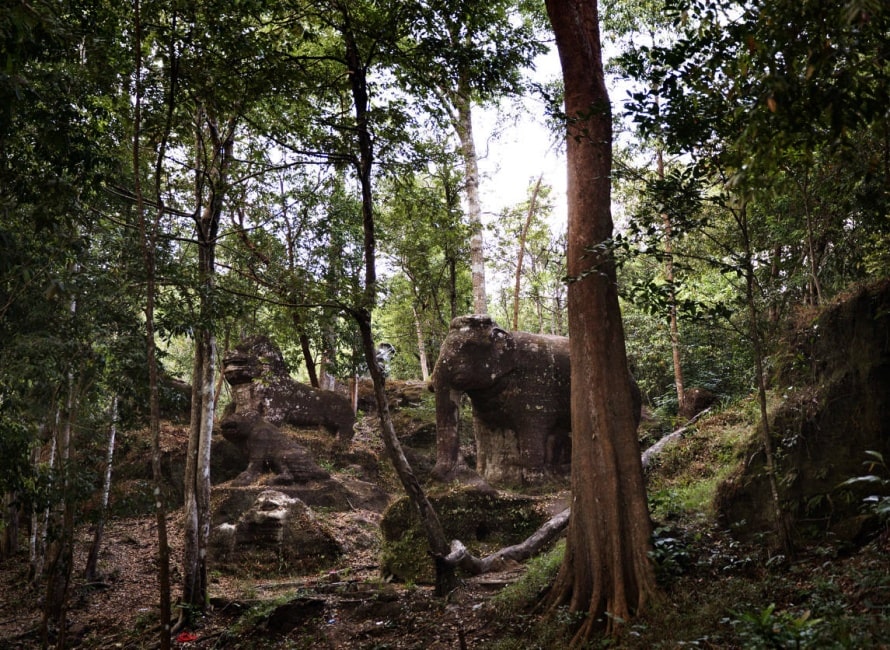
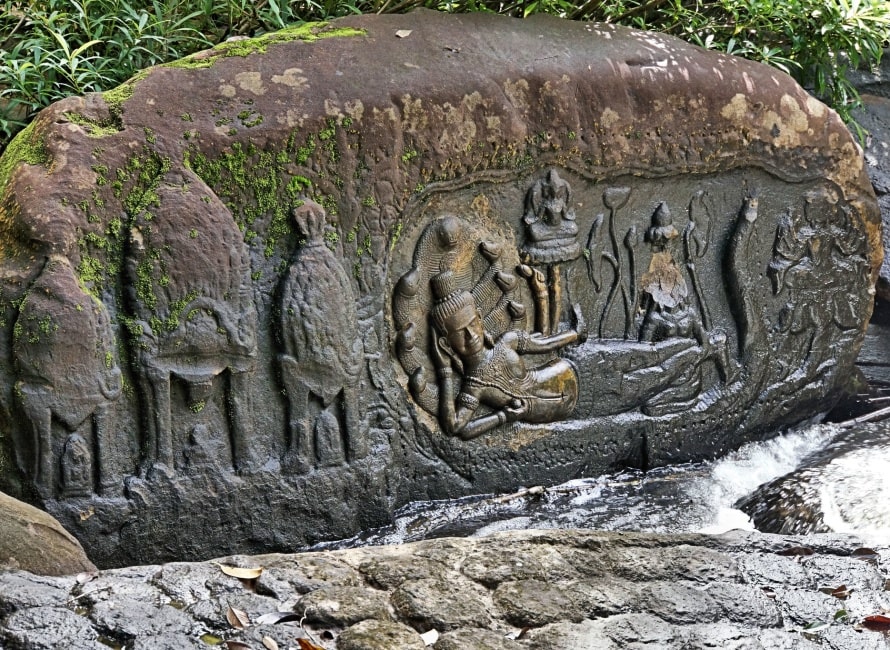
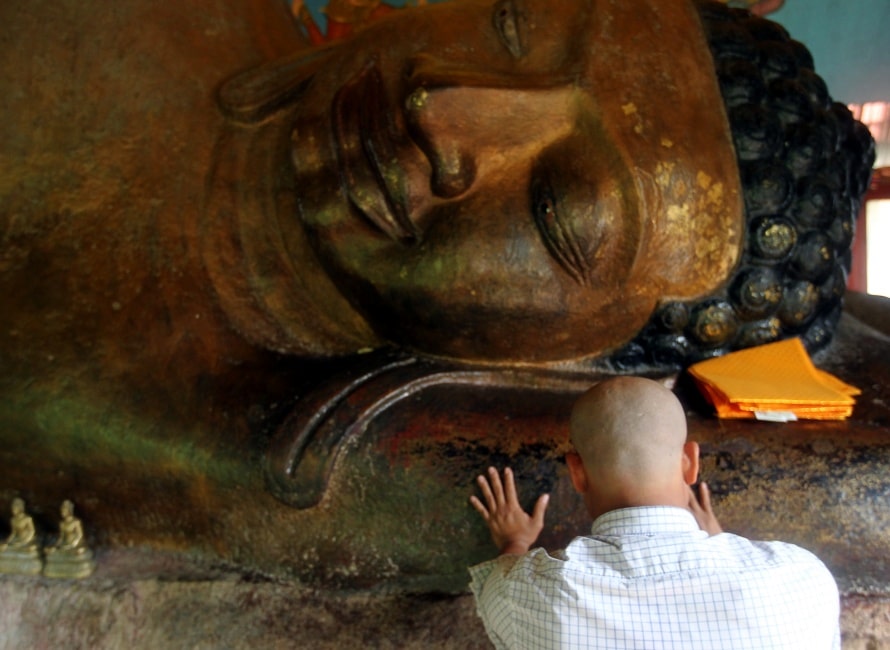
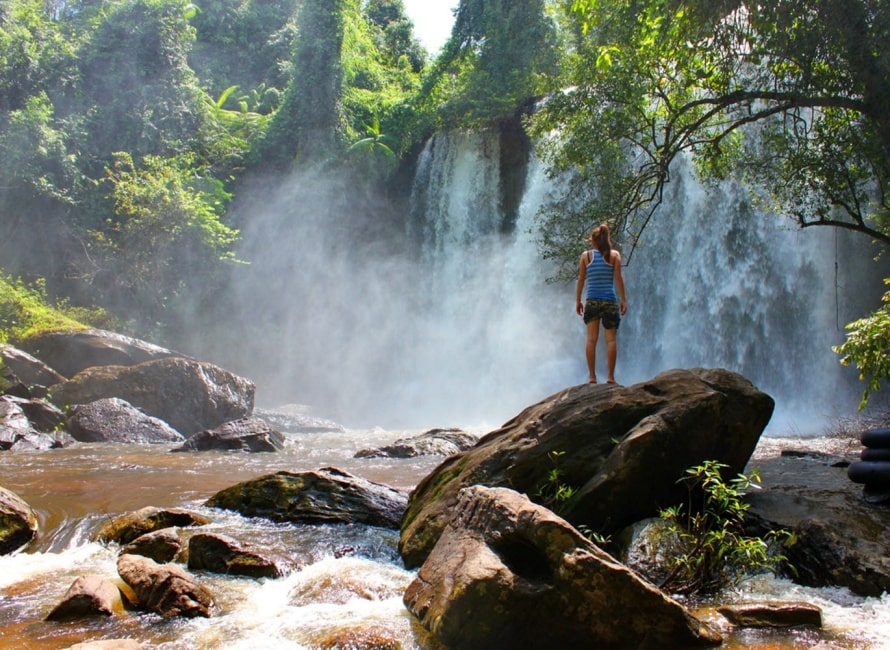
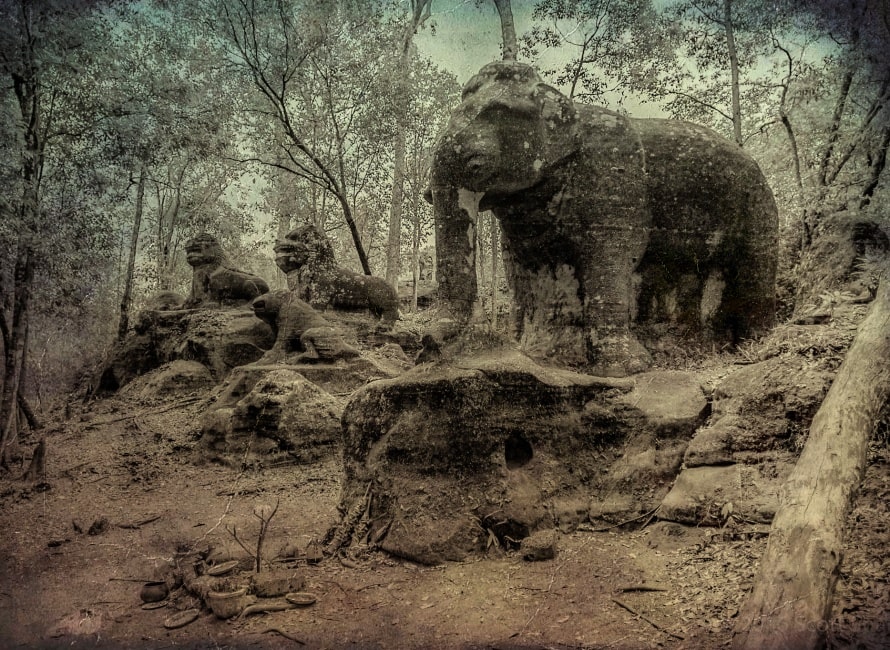
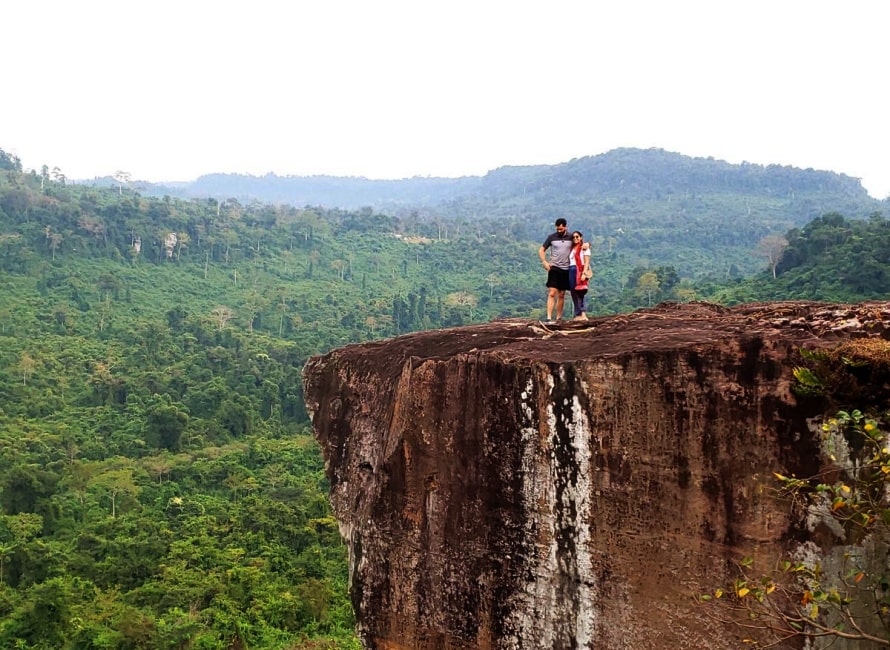
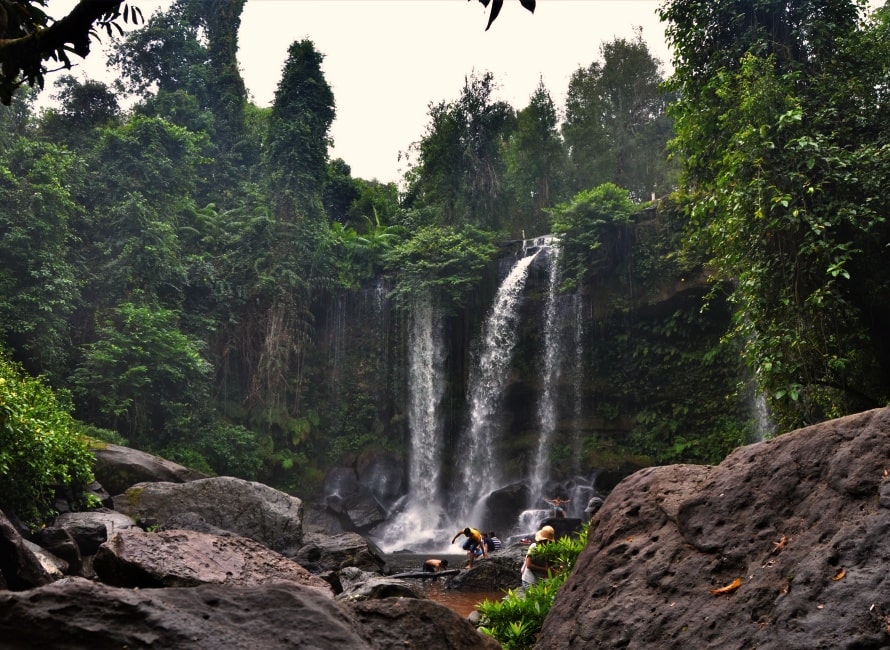
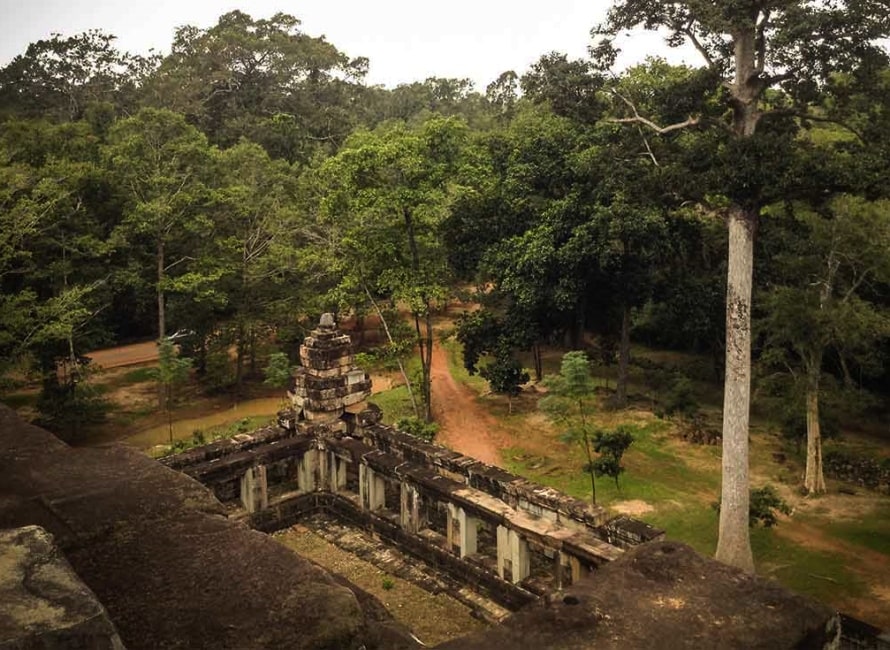












Jordan VituHello, my name’s Jordan and I’m obsessed with travelling overland. Seeing how cultures change while travelling slowly captivates me; and doing so in an eco-friendly way, preserving the cultures and landscapes that so many travellers yearn to explore, has given me my travelling purpose.